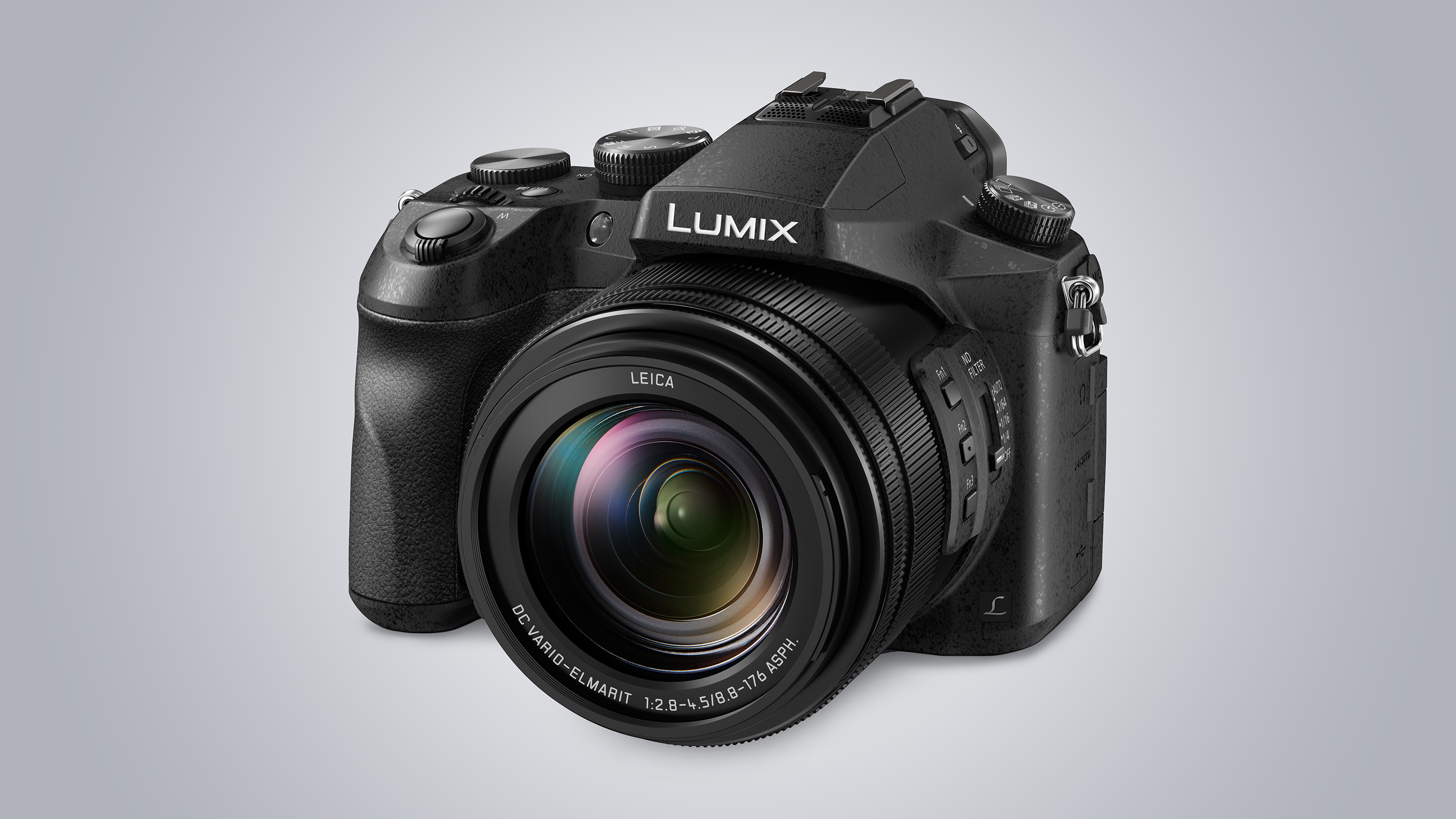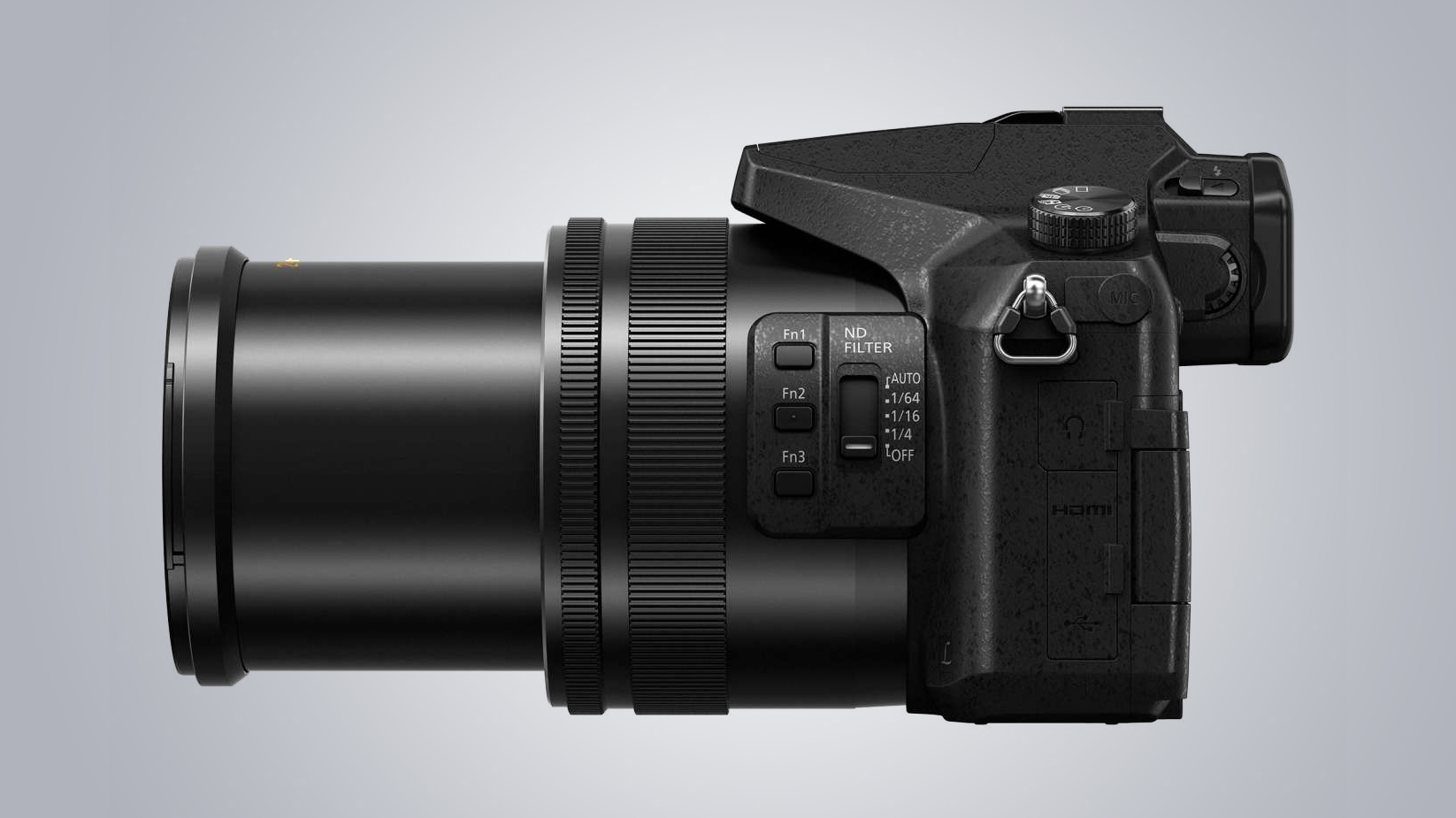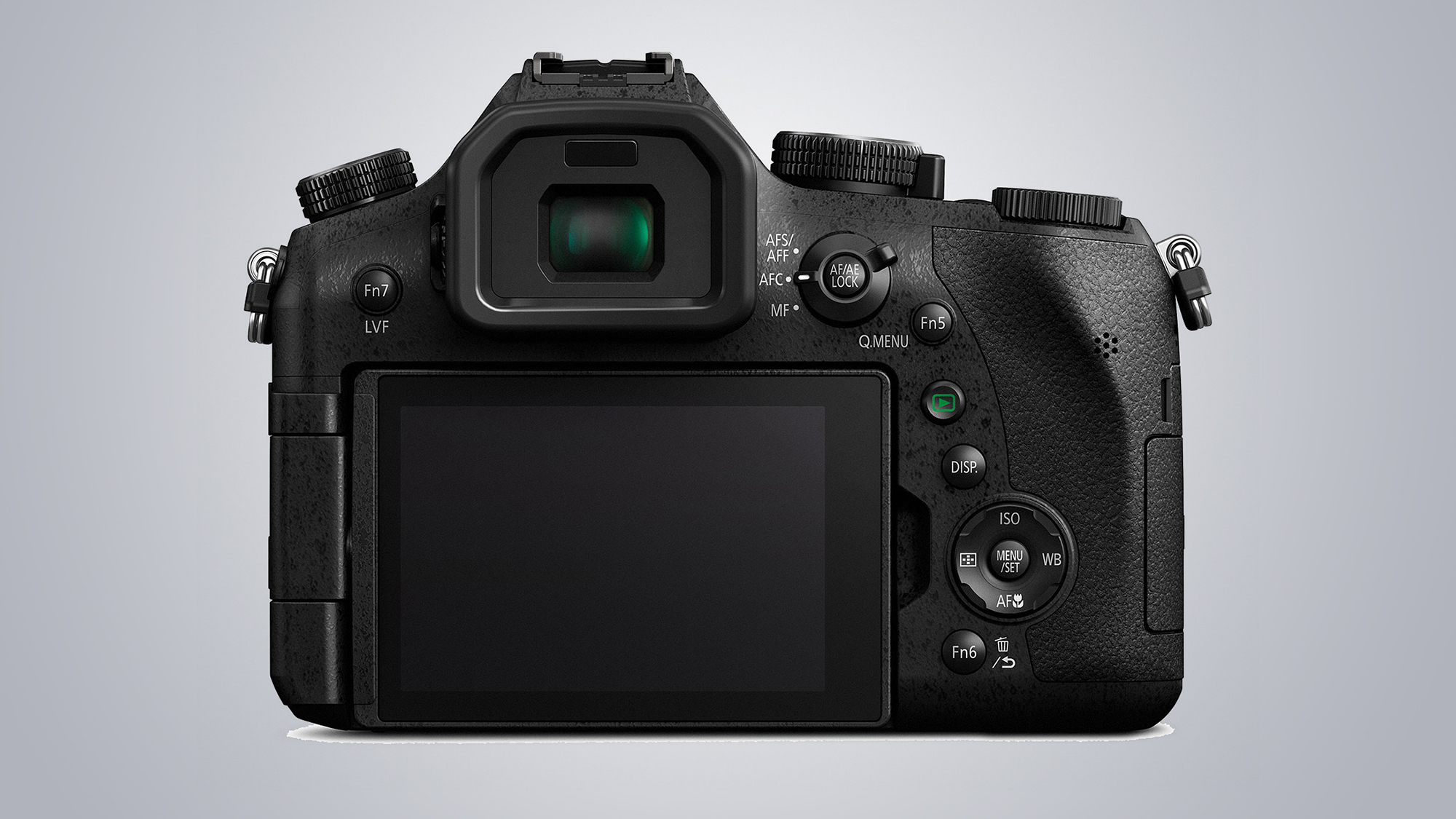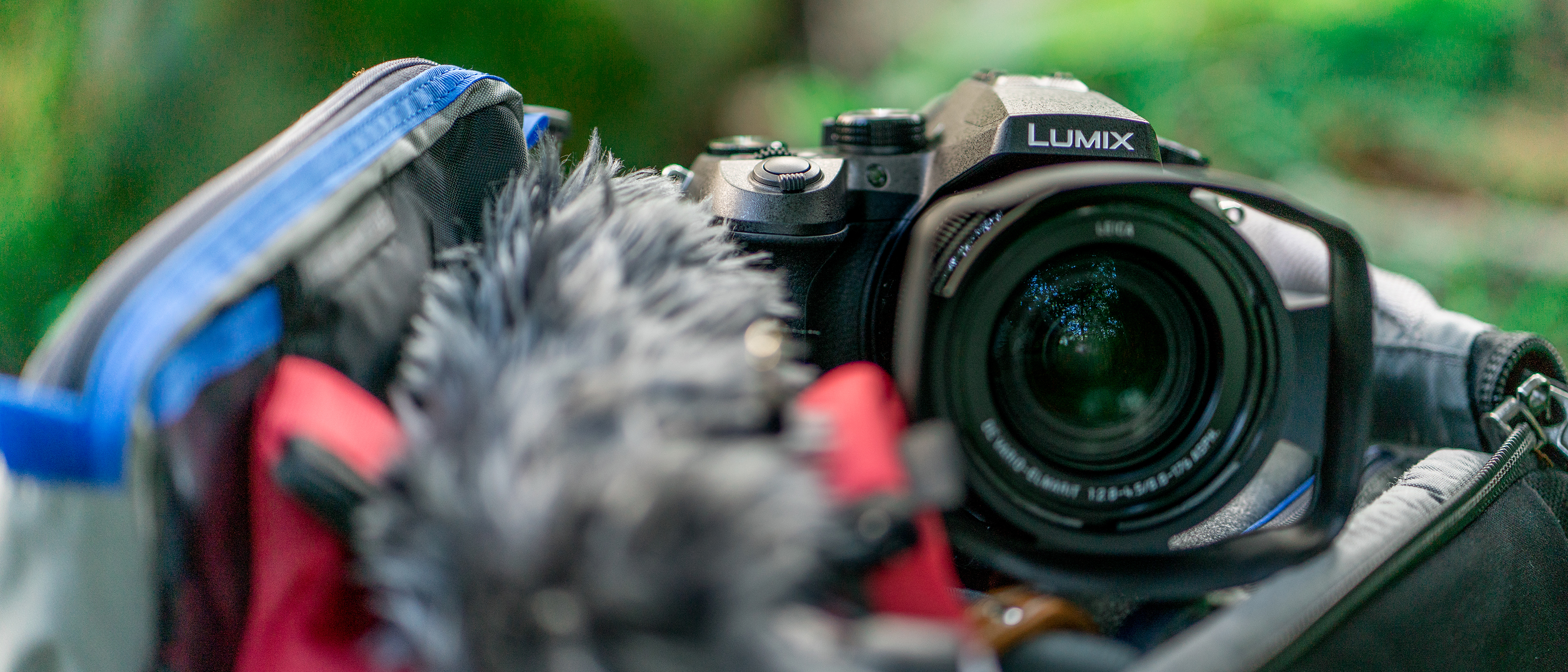TechRadar Verdict
It may not be perfect, but its well-rounded feature set and strong performance across many areas make the FZ2500 / FZ2000 a fine superzoom performer.
Pros
- +
Super-fast AF system
- +
Great image stabilisation system
- +
Excellent image and video quality
Cons
- -
No weather sealing is a shame
- -
Almost double the price of the FZ1000
- -
Lens not the longest nor brightest in class
Why you can trust TechRadar
Panasonic has long offered a respectable range of superzoom cameras within its Lumix portfolio, but the Lumix FZ1000 was still a notable addition when it arrived three years ago. The reason? While it adhered to the same formula as previous FZ models, by employing a 1.0-inch-type sensor it promised far better image quality than we'd expect from such a camera.
This, combined with its DSLR-style body, meant it became a natural rival to the Sony Cyber-shot RX10, a camera that also married a long zoom with the same size of sensor. Sony has since updated its camera twice, most recently with the Sony RX10 III, while Canon has also muscled in on the action with its 1.0-inch-sensor-toting PowerShot G3 X. Now, Panasonic is fighting back with the FZ2500 (it's called the FZ2000 outside the US).

The new model arrives with a longer lens than its predecessor’s, together with a handful of updated features, and the FZ1000’s video specs sweetened with a few extra additions. Indeed, the level of control offered by the camera over video recording is exhaustive, and way beyond what we’re used to seeing at this level. This video functionality is centred around the camera’s ability to capture 4K footage, with some of the changes made to the new optic helping to record more professional footage – more on this later.
While understandably pricier than the FZ1000 it supersedes, the FZ2500 / FZ2000 is currently cheaper than its closest rival, the Sony RX10 III. True, the two aren't completely equal in every area, with optical capabilities, battery life and weight being the main points of difference. Nevertheless, the FZ2500 / FZ2000 will no doubt be an attractive alternative for anyone interested in the RX10 III, but perhaps less keen on its asking price.
Features
- 1.0-inch CMOS sensor, 20.1MP
- 24-480mm f/2.8-4.5mm zoom lens
- Built-in ND filters
Every camera we've seen to date with a 1.0-inch-type sensor has offered a 20MP pixel count, and the FZ2500 / FZ2000 follows suit. Panasonic isn't claiming that this is in any way different from the sensor inside the FZ1000, so it’s reasonable to assume that this has been carried over.
The sensor features a back-illuminated construction for more efficient light capture, and a sensitivity range that runs from ISO125 to ISO12,800, although it’s possible to expand this to settings equivalent to ISO80 and ISO25,600 should you need to.
This sensor works in harness with a Venus processing engine, and together these allow for 4K video capture, now in both 4K UHD (3840 x 2160) and 4K DCI (4096 x 2160) flavours. You can record at 30p and 24p frame rates, at a rate of 100Mbps, and if you switch to Full HD and you can record at up to 60p at 200Mbps.
As we've come to expect from Panasonic, the 4K video functionality is complemented by a wealth of supporting options, and on the FZ2500 / FZ2000 these stretch from fun and novelty settings to those you tend to only see in pro-grade equipment.
You can, for example, use the Creative Controls when recording, instantly adding effects such as Toy Effect and Rough Monochrome to footage. You can also use the useful Live Cropping feature to pan or zoom across the frame without manually having to do so, with the camera outputting the results in Full HD quality.

There’s also focus peaking and zebra patterning for focus and exposure respectively, while more advanced options include adjustment to the Master Pedestal Level, appending Time Code and colour bars that conform to the SMPTE, EBU, ARIB standards. You can also output 10bit footage with 4:2:2 chroma subsampling through the HDMI port to an external recorder, and opt for a V-LogL option to give you a better starting point for post-production, although this latter option is a chargeable extra.
Video recording is also improved by changes made to the optic. There’s a new guide-pole mechanism that’s said to minimise shifts in the position of the image when zooming, and this works with an internal zoom structure to help keep things even more stable as the lens moves. Panasonic also says that a new galvanator-type actuator helps to smoothly adjust the nine-bladed diaphragm for more discreet changes in brightness, while the further incorporation of two ND filters allows for three levels of filtration – useful for video recording.

The lens itself spans a 20x optical zoom range, covering focal lengths equivalent to 24-480mm in 35mm terms – the far end of the zoom range is shown above. This is broader than the 25-400mm range offered by the FZ1000. It has a variable maximum aperture of f/2.8-4.5 and is equipped with a Hybrid O.I.S. system that promises correction over five axes, although this doesn't quite offer maximum correction when recording in either 4K quality or when using high-speed shooting for slow-motion footage.
Once again Panasonic has opted for the same partnership of an electronic viewfinder – or 'Live View Finder' in Panasonic parlance – and an LCD screen that can be pulled away from the body, although changes have been made from those on the FZ1000.

While the LCD screen is still 3.0 inches, for example, Panasonic has increased its resolution slightly from 921K dots to 1.04 million dots, and also made it touch-sensitive. It’s also increased the magnification of the EVF from 0.7x to 0.74x, although its 2.36 million-dot resolution remains the same.
Internally, everything is recorded to an SD, SDHC or SDXC card, with support provided for the UHS-I Class 3 standard, although the HDMI port is there should you want to output footage to an external recorder. Wi-Fi is also on board, although unlike on the FZ1000 there’s no NFC technology alongside. In another move that will please videographers, the mic socket has been joined by a headphone port, which allows for audio to be monitored during recording.
